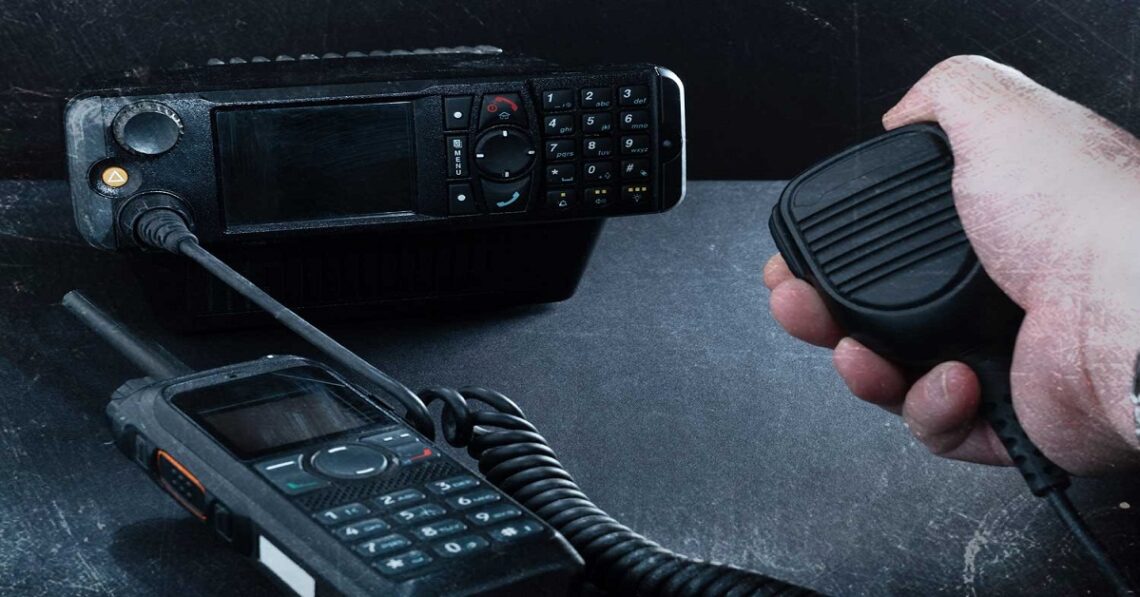In an age where communication is key, police radio scanners hold a unique place in the realm of law enforcement and public awareness. These devices, which allow users to listen in on radio communications between law enforcement officers, firefighters, and other emergency services, have been both a source of fascination and controversy.
What are Police Radio Scanners?
A police radio scanner is a device that receives wireless radio signals and is capable of tuning into frequencies used by police and other emergency services. They come in various forms, from handheld units to desktop models, and are used by both professionals in emergency services and by the general public.
The History and Evolution
The history of police scanners traces back to the early 20th century with the advent of radio technology. Initially used by hobbyists to listen to broadcasts, scanners evolved with advancements in electronics. The introduction of programmable scanners in the 1970s revolutionized their use, making it easier to access a wide range of frequencies.
How Do They Work?
Police scanners operate by scanning multiple frequencies and stopping when a transmission is found. Users can program specific frequencies to listen to local police, fire, and EMS communications. The technology behind scanners has evolved from crystal-based to digital, allowing for clearer reception and more sophisticated features like trunk tracking and GPS integration.
Legal and Ethical Considerations
The legality of using police scanners varies by jurisdiction. In some areas, owning or using a scanner is entirely legal, while in others, there are restrictions, especially regarding use while driving or using the information for criminal purposes. Ethically, the use of scanners raises questions about privacy and the potential for misuse of sensitive information.
The Role of Scanners in Modern Policing
For law enforcement agencies, scanners serve as a vital tool for communication and coordination. They facilitate real-time information sharing among officers and departments, crucial for responding effectively to emergencies and criminal activities.
Impact on Journalism and Public Safety
Journalists and the general public often use scanners as a source of immediate information about local incidents. This real-time access can enhance public safety by informing citizens of nearby emergencies, though it also poses challenges in ensuring the accuracy and context of the information shared.
The Future of Police Scanners
With the advent of digital and encrypted communication systems, the future of traditional scanning is uncertain. Some police departments have moved to encrypted systems that cannot be accessed by the public, citing concerns over officer safety and operational security.
Conclusion
Police radio scanners represent a fascinating intersection between technology, law enforcement, and public interest. While they offer valuable insights into the workings of emergency services, they also pose legal, ethical, and privacy challenges that continue to evolve with technology. As digital communications advance, the role and relevance of police scanners may change, but their impact on public awareness and emergency response remains significant.




